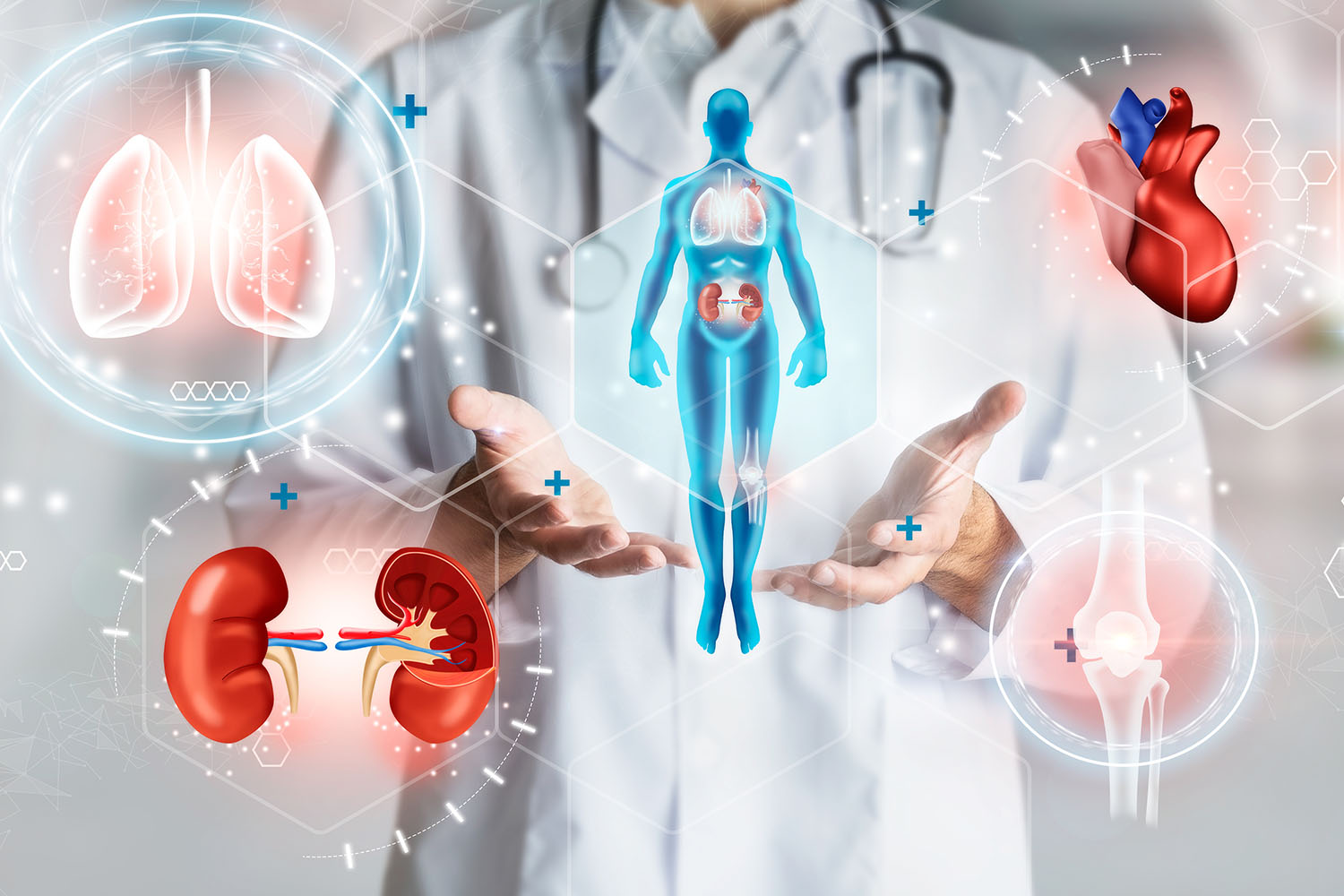Overview
The word “Anatomy” derives from the Greek word “anatome,” meaning “dissection.” Anatomy is a branch of biology concerned with the study of the structure of organisms and their parts. It is a fundamental science that underpins our understanding of the human body and how it functions. In Tamil, Anatomy is referred to as “அகப்படையியல்” (Akapadaiyiyal), which encapsulates the study of the human body and its intricate systems.
Historical Perspective
The study of anatomy has a rich history, dating back to ancient civilizations. In ancient Greece, figures such as Hippocrates and Galen made significant contributions to the field. The Renaissance period marked a pivotal era with the work of Andreas Vesalius, whose detailed anatomical drawings revolutionized the understanding of human anatomy.
Anatomy Meaning in Tamil
In Tamil, the term “அகப்படையியல்” (Akapadaiyiyal) is used to describe anatomy. This term is composed of three parts: “அகம்” (Akam), meaning inner; “படை” (Padai), meaning creation or formation; and “யியல்” (Iyiyal), meaning science. Thus, “அகப்படையியல்” translates to the science of inner formation or structure, aptly describing the essence of anatomy.
The Importance of Anatomy
Anatomy is crucial for various fields, particularly medicine, physiotherapy, and biological research. Understanding anatomy is essential for diagnosing diseases, performing surgeries, and developing medical treatments. International research in anatomy has led to numerous breakthroughs, such as the discovery of new organs, improved surgical techniques, and advanced imaging technologies.
Modern Advances in Anatomical Research
Recent advancements in technology have significantly enhanced the study of anatomy. Imaging techniques such as MRI and CT scans provide detailed views of the body’s internal structures without the need for invasive procedures. Additionally, 3D printing has enabled the creation of accurate anatomical models for educational and clinical purposes.
International research continues to expand our knowledge of anatomy. For example, studies on the human microbiome have revealed the complex interactions between human cells and microorganisms. Research on neural anatomy has provided insights into brain function and the potential for treating neurological disorders.
Anatomy Education
Anatomy education has evolved over the years, incorporating new technologies and methodologies. Medical schools and universities worldwide now use virtual dissection tables, augmented reality, and interactive software to teach anatomy. These tools allow students to explore the human body in ways that were previously impossible.
In Tamil Nadu, institutions like Madras Medical College and Christian Medical College, Vellore, are at the forefront of anatomical education and research. These institutions contribute to the global body of knowledge while also focusing on the specific health needs of the local population.
The study of anatomy, or “அகப்படையியல்” (Akapadaiyiyal) in Tamil, remains a cornerstone of medical science. From its historical roots to modern technological advancements, anatomy continues to play a vital role in understanding human biology and improving healthcare. As international research progresses, our comprehension of the human body’s intricate structures will undoubtedly lead to further medical innovations and enhanced quality of life.
Understanding the “Anatomy Meaning in Tamil” not only bridges cultural and linguistic gaps but also underscores the universal importance of this field in advancing human health and knowledge.



